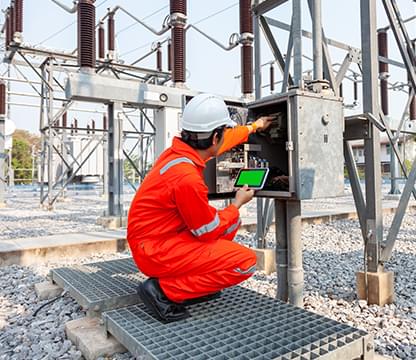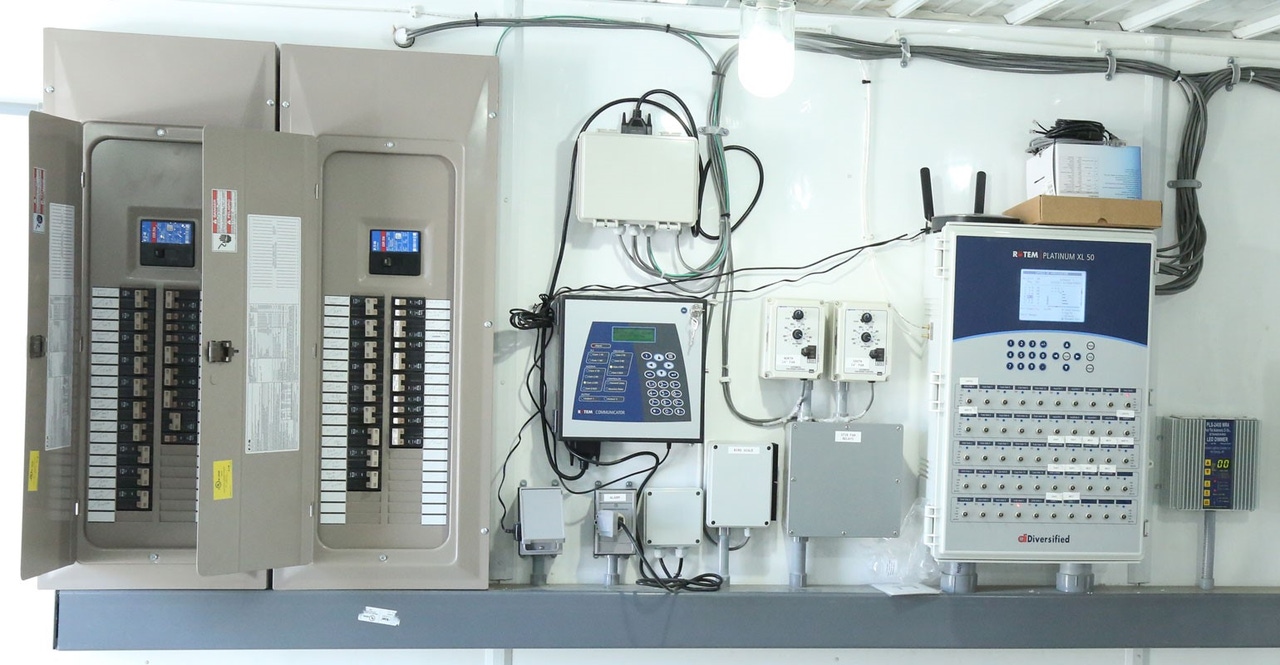Streamline efficiency with innovative mechanical system optimisation support.
Streamline efficiency with innovative mechanical system optimisation support.
Blog Article
Professional Solutions for Electric System Troubleshooting and Repairs
Reliable troubleshooting and fixing of electrical systems require a methodical technique, leveraging both progressed analysis devices and experienced expertise. Common problems such as circuit overloads and malfunctioning electrical wiring demand immediate interest, yet the ins and outs of electrical systems can typically obscure the hidden troubles. Security procedures are vital, as even small oversights can result in considerable risks. Understanding when to engage a professional can make all the distinction in making certain both safety and system honesty. As we discover the important components of electrical troubleshooting, the effects of ignoring these best techniques end up being significantly apparent.

Common Electric Problems
While electrical systems are developed for dependability, they can regularly come across a range of usual troubles that might interrupt performance and safety and security. One widespread problem is circuit overload, which takes place when way too many devices draw power from a solitary circuit, bring about tripped breakers or blown integrates. technical support for electrical industry. This can not just hinder electric performance yet additionally posture a fire threat
An additional frequent trouble is damaged circuitry, typically due to age, wear, or inappropriate installment. Harmed or torn cables can cause short circuits, resulting in outages or electric shocks. Furthermore, loose links can trigger recurring power loss, developing irritating and possibly unsafe situations.
Ground faults are an additional worry, especially in damp or moist atmospheres where electric tools is made use of. These faults can cause significant safety threats, necessitating instant attention to ensure appropriate grounding and circuit protection.
Finally, flickering lights can show problems varying from overloaded circuits to malfunctioning lighting fixtures. Recognizing these common electric problems is critical for maintaining the integrity and safety of electrical systems, ensuring they operate efficiently and properly. Attending to these problems promptly can prevent more extreme difficulties and boost general system reliability.
Diagnostic Devices and Methods
Utilizing precise analysis tools and techniques is essential for effectively recognizing and fixing electrical system problems. Various instruments assist in specific assessments, varying from basic multimeters to advanced oscilloscopes - technical support for electrical industry. Multimeters are essential for gauging voltage, existing, and resistance, allowing professionals to swiftly identify faulty parts or links
Clamp meters are particularly beneficial for gauging existing without disrupting the circuit, improving security during diagnostics. For even more complicated troubleshooting, oscilloscopes allow for the visualization of electrical signals with time, providing understandings into waveform anomalies that might indicate underlying issues.
In enhancement to these tools, infrared thermography is very useful for finding overheating parts, which can symbolize upcoming failings. Insulation resistance testers further help in identifying jeopardized insulation, important for preventing electrical risks.
Strategies such as aesthetic evaluations, continuity tests, and circuit mapping are also indispensable to a reliable analysis procedure. By integrating these devices and methods, experts can develop a detailed understanding of electric systems, ensuring exact diagnoses and reliable fixings. Inevitably, leveraging the appropriate analysis resources not just boosts repairing efficiency yet also adds to the long life and safety of electrical installments.
Step-by-Step Troubleshooting Overview

Following, utilize diagnostic devices such as multimeters and circuit testers to look for connection, voltage, and present circulation in the circuit. Beginning at the source of power, validating that it is operational, after that map the circuit step by step, checking each part along the road. File your findings to maintain quality throughout the procedure.
Once you have actually identified the faulty component, isolate it from the circuit. Carry out required repair work or replacements, ensuring that all wiring and connections are safe. After resolving the issue, reconsider the whole system to confirm that it runs correctly.
Safety Preventative Measures Throughout Fixings
Guaranteeing security during electric Look At This fixings is paramount to stop accidents and injuries. Prior to beginning any kind of work, it is necessary to turn off the power supply at the breaker and verify that the circuit is de-energized making use of a dependable voltage tester. Personal protective devices (PPE), including insulated handwear covers and safety and security goggles, need to be worn to alleviate the risk of electrical shock and eye injuries.
Additionally, preserving a clutter-free workspace is vital. Guarantee devices are in great problem and suitable for the tasks available. Making use of devices with shielded handles can further enhance safety. It is also crucial to avoid servicing electrical systems in damp or damp conditions, as moisture substantially boosts the threat of electric shock.
Additionally, understand the environments. Safe loosened garments and link back long hair to stop any kind of complexity with electric components. When collaborating with high voltages, consider having a 2nd person existing to assist in case of an emergency situation. Acquaint yourself with the specific electrical codes and policies appropriate to your area to make certain conformity and security during the repair work process.
When to Call a Specialist
While safety preventative measures are essential for any type of electric repair work, there are scenarios where the complexity or extent of the job necessitates the expertise of an expert electrician. Homeowners ought to be particularly careful when handling problems that include breaker, electrical panels, or the main power supply. Any type of indicators of electrical fires, such as burnt smells or flickering lights, warrant instant professional interest.
In addition, if you experience persistent tripping of circuit breakers or constant electrical surges, these may indicate underlying problems discover this that call for specialized analysis devices and knowledge. Jobs that require extensive rewiring, installation of new circuits, or links to high-voltage systems must always be entrusted to certified electrical contractors, as incorrect handling can bring about severe threats.
In addition, governing conformity is essential in electrical work. Experts are familiar with regional codes and guidelines, making sure that all repair services satisfy safety and security criteria.
Final Thought
In conclusion, reliable troubleshooting and repair service of electrical systems call for a systematic technique, leveraging innovative analysis devices and adherence to safety precautions. By determining typical electrical issues and employing an organized troubleshooting guide, many issues can be fixed effectively.
Report this page